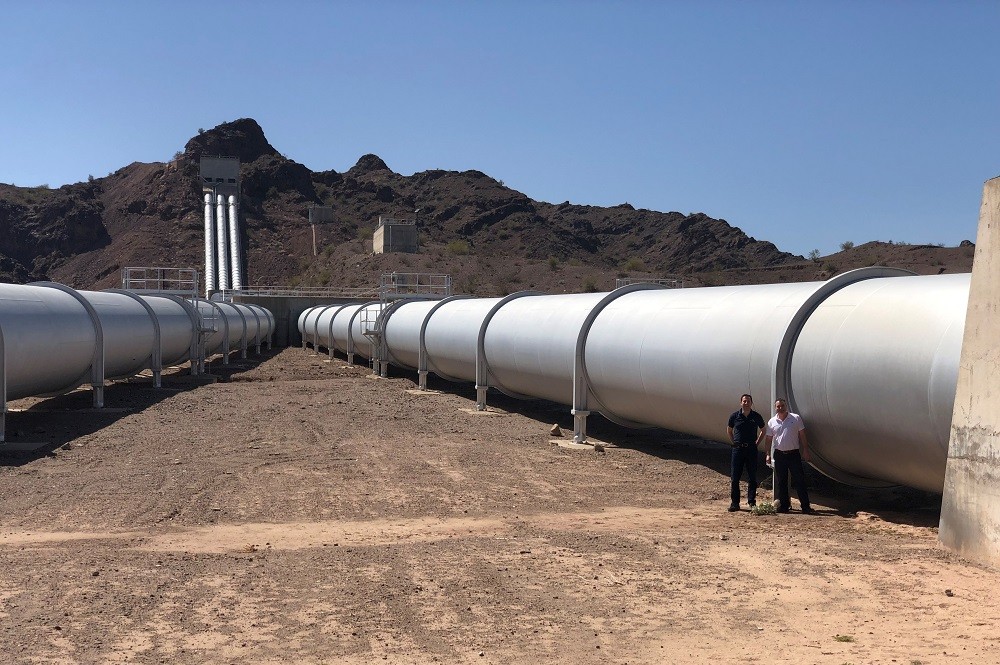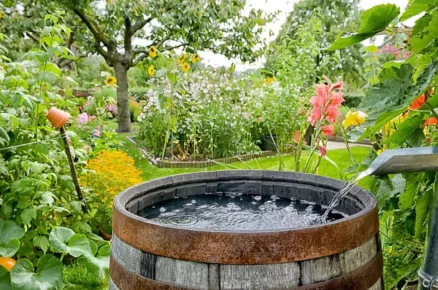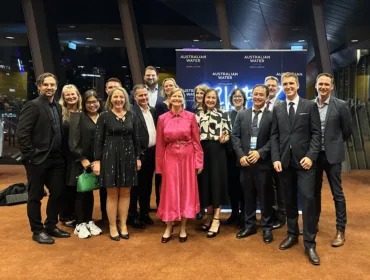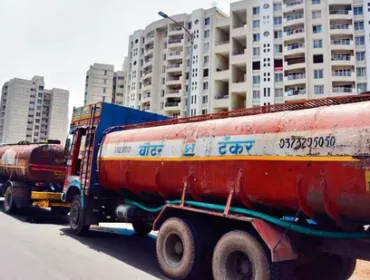Riventa has been successfully testing a 7.5MW pump at one of the crucial pumping stations on the Southern California Aqueduct.
WD News: A successful pilot project for The Metropolitan Water District of Southern California (MWD) has proved the superior speed, cost reduction and accuracy of thermodynamic pump testing.
Funded by non-for-profit collective, Waterstart, MWD used portable thermodynamic system to test a 7.5MW pump at one of its crucial pumping stations on the Southern California Aqueduct that together with another eight pumps, provides 1.5 billion gallons of drinking water (daily) to the 19 million people of southern Los Angeles.
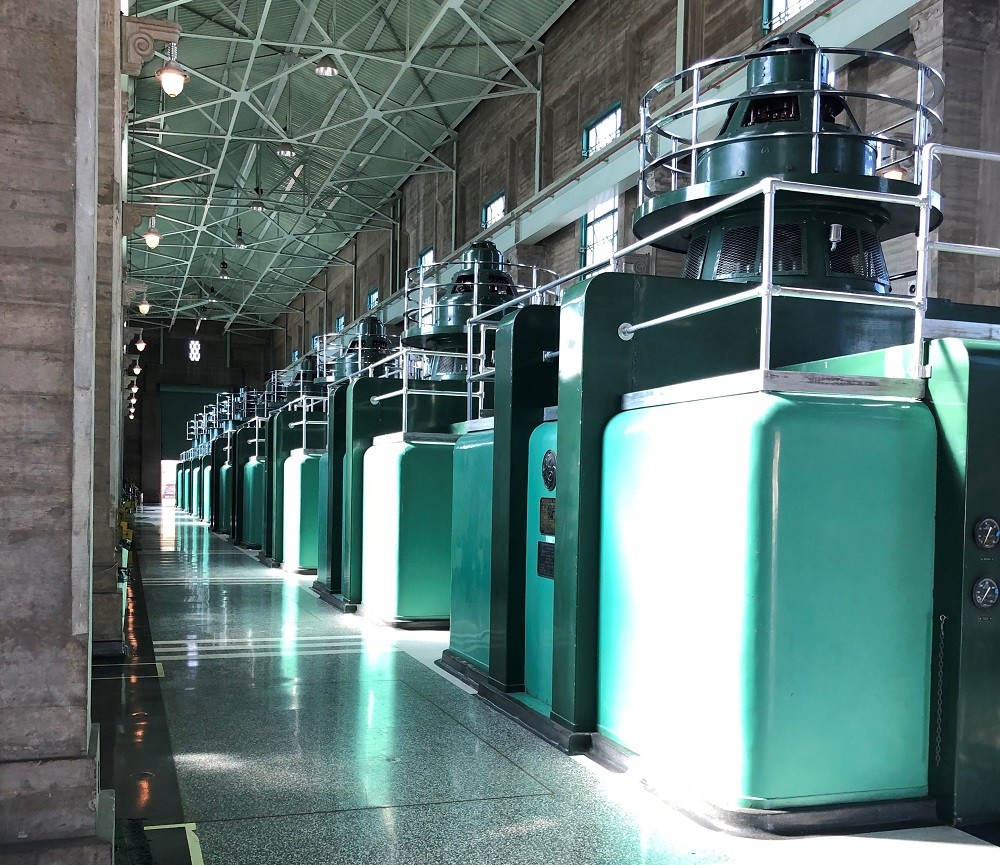
David Sadamoto, Senior Engineer at MWD said: “We saw the detail of the math in the continuous data, which gave us a much clearer picture than ever before of exactly how this pump is performing, which is vital for reliability, and uses just a fraction of the manpower required to carry out a robust conventional test”.
To fully compare, MWD ran their own standard test, as Marty Smith, explained: “We’ve always tried to monitor the performance of our pumps as best we possibly can. Acoustic flowmeters can do a reasonable job, but nothing like this, which also benefits from being much easier; gaining the flow data and horse power losses by simply tapping into the pump’s suction and discharge nipples. With acoustic flowmeters we’d need 10 metres of upstream pipe and another 5 metres downstream, which is expensive and time-consuming. Conventional testing is also very labour-intensive; takes about 200 manhours of planning, and also presents difficulties with achieving known accuracies.”
Located two miles west of the Intake Plant, the pumping station where the monitoring took place lifts water from the Gene Wash Reservoir 303 feet to the Copper Basin Reservoir, at an elevation of 1,037 feet.
The ongoing drought, the worst that the MWD engineers have ever known, has added another layer of pressure to the already demanding role to meet supply. So, the pilot had to be carried out within a very tight window of opportunity.
Riventa’s Technical Director, Tom Clifford, commented: “Getting to work with MWD on demonstrating how this prestigious pumping station can be optimised has been challenging yet extremely rewarding for all concerned. We hope to build on the pilot and deliver an installed solution that helps MWD manage these assets long into the future”.
Source & image courtesy: Riventa



